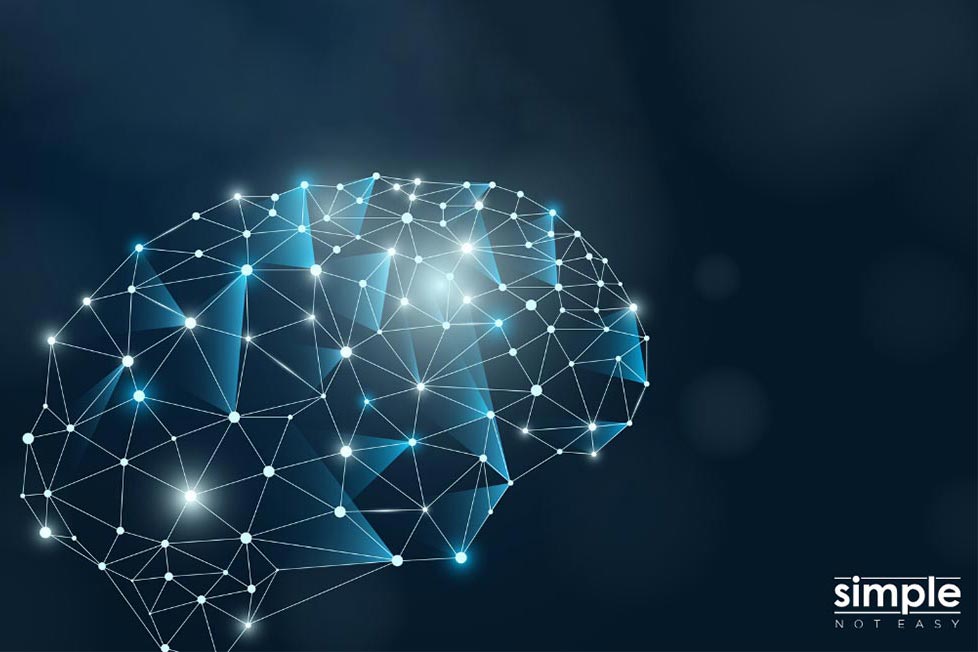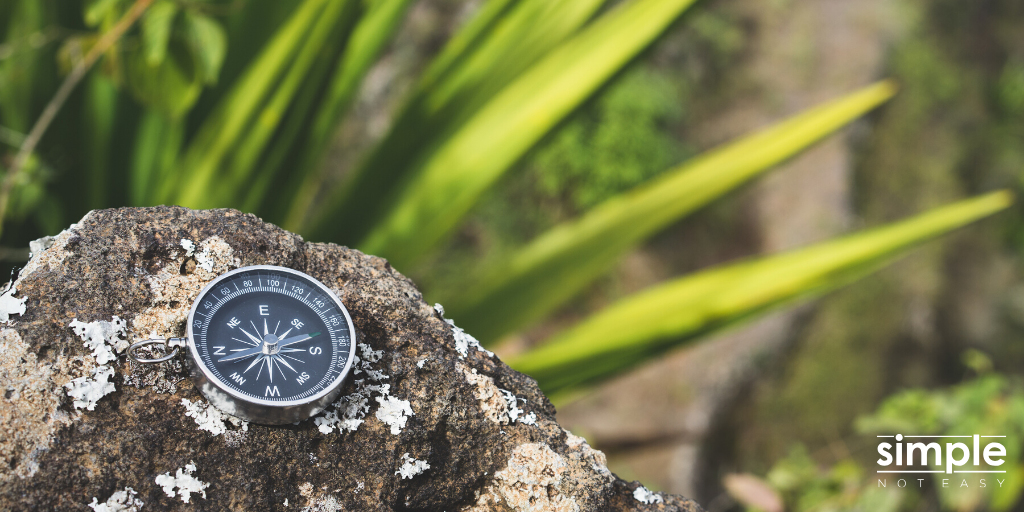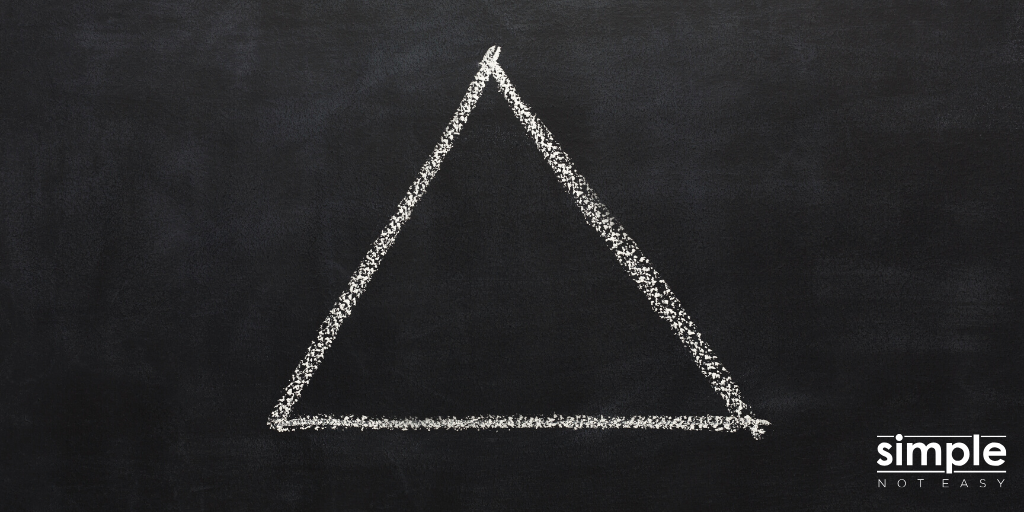Self-Positioning in Challenging Times

Have you ever found it hard to deal with the people in your life, whether at work or in your personal life? Sometimes, you might wish you had some help or guidance to figure out what to do next. We’ve helped many people with this problem, but we’ve also found a tool that can help you do it on your own. Before we talk about the tool, let’s look at some research that supports it.
From Animal “Maps”…
In the late 1960s, a scientist named Dr. John O’Keefe found out that the brain is important for how we move around and remember places. This helps us know where we are and find our way to where we want to go. His research was so good that he and his team won a big prize called the Nobel Prize in Medicine and Physiology in 2014.
To People Maps
In February 2020, Matthew Schafer and Daniela Schiller wrote an article in a journal called Scientific American. They talked about how Dr. O’Keefe’s work can help us make “maps” for dealing with people and diffcult issues. Just like how we use maps to find shortcuts and make predictions for getting around in the world, we can use mental maps to navigate our lives. This means that we have an “internal guidance system” that can help us make good decisions. Now that we know about this, how do we use it?
Knowing that our internal guidance system is connected to our decision-making process helps us understand how positive self-positioning works. Our guidance system works like an “internal GPS” that can give us directions, just like the GPS in our phone or car. But how do we turn it on and use it?

Turning the Maps On
When we’re in a tough situation and don’t know what to do next, our brain is keeping track of our energy, important priorities, and options. Sometimes we discover what the best choice is because of something called the “Hidden Observer.” In the 1970s, a scientist named Dr. Ernest Hilgard did research at Stanford University and found out that he could talk to this “Hidden Observer” using hypnosis. He recorded what the Observer said and played it back to the person when they were fully awake. The person realized that the Observer’s ideas were good, and they had thought of them before, but ignored them.
Dr. Hilgard found out that the “Hidden Observer” is hidden behind a wall of forgetfulness. However, when he talked to it during hypnosis, it gave good advice that was calm and positive. Dr. Hilgard wrote about his research in a book called “Divided Consciousness.” Because not many people use hypnotherapy in medicine, not many people heard about the Hidden Observer.

Utilizing the CoreSelf Map
We have more and more evidence that CoreSelf Mapping helps people become better planners and stick to their plans. We have seen that people who use our one-page CoreSelf Map can use their brain’s “self-positioning” ability to make good choices in their daily life.
To read more about this topic, sign up for the CoreSelf+ portal here.
About the Authors
Jonathan Thomas, MSW
Whether at the potter's wheel, coaching medical professionals and teams, or in his private counseling practice, Jonathan Thomas has spent his life molding, shaping and creating something beautiful and new.
Tim Preston
As a successful serial-entrepreneur and angel investor, Tim Preston has spent the majority of his life learning, overcoming, and creating, from blank pieces of paper: self, spaces, teams, and businesses.
Together, Jonathan and Tim founded Simple. Not Easy., LLC, a company that developed CoreSelf Positioning™ tools to help companies and individuals to slow down and align energy levels, values, and actions in order to formulate their best next steps.
Learn more about Jonathan, Tim & CoreSelf Positioning.